A new exciting campaign from Activity Alliance is calling time on negative perceptions about disability, inclusion and sport and asks – who says?
For far too long disabled people have faced misconceptions and presumptions on what is and isn’t possible, including in sport. Leading national charity, Activity Alliance, wants to move the conversations on, open people’s minds and shift out-dated views on disability. Who says? gives positive evidence that replaces these negative ideas.
Launched on 15 July, who says? was created in response to the charity’s recent research, which explored non-disabled people’s attitudes on inclusive activity. The findings show a lack of understanding could be causing long-lasting barriers for disabled people, leading to inactivity. For the least active audience in our country, people’s attitudes can make or break activity experiences.
Who says we can’t break down barriers?
In reality, disabled people have countless personal experiences that lead to marginalisation, low confidence and inactivity.
Who says? empowers people, on and off the field of play, to challenge their own and others’ perceptions. But, here are some facts that need serious consideration:
Disabled people are twice as likely to be physically inactive as non-disabled people. Although we saw an increase recently, the number of active disabled people remains resistant to growth. [i]
The main barriers to being active are psychological, logistical and physical, with psychological the most influential. This is, disabled people’s personal impression of sport and non-disabled people’s attitudes about disabled people playing sport.[ii]
Two thirds (64 per cent) of disabled people would prefer to take part in sport with both disabled and non-disabled people, currently only half (51 per cent) are doing so. [iii]
Research shows almost half of disabled people fear losing their benefits if they are seen to be physically active.[iv]
Only 14 per cent of non-disabled people are aware of having previously taken part in sport with disabled people. But three quarters (73%) of non-disabled people were open to the idea. [v]
To kick it off, the campaign films challenge six findings from the research. The films provide upbeat insight with a mixture of disabled and non-disabled people. They share their own experiences and feelings on these six statements:
It’s not a real sport if you have to adapt it
Disabled people aren’t competitive
Watch what you say around disabled people
Disabled people don’t want to join in
Disabled people might get hurt
Everyone can’t take part together


